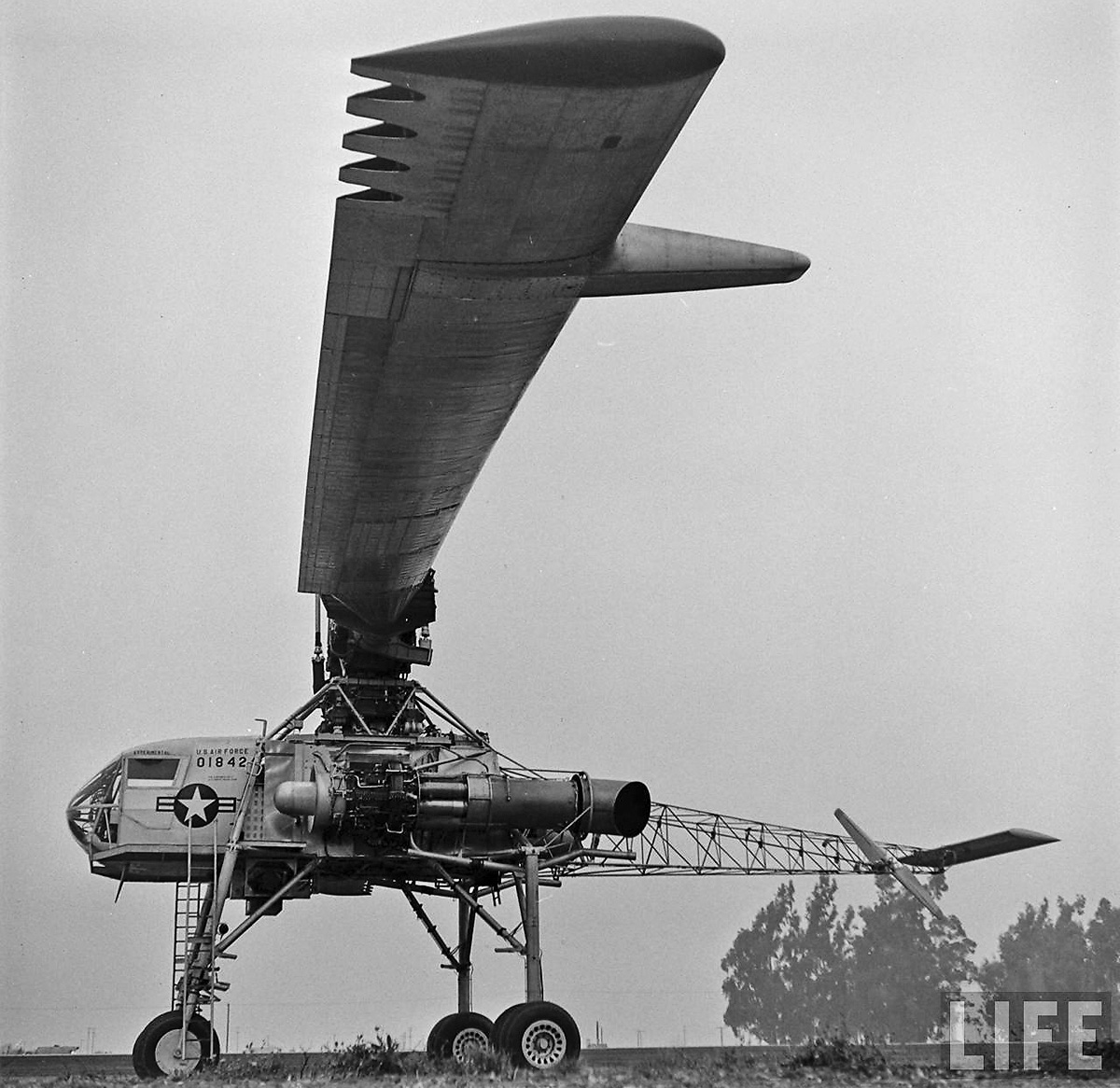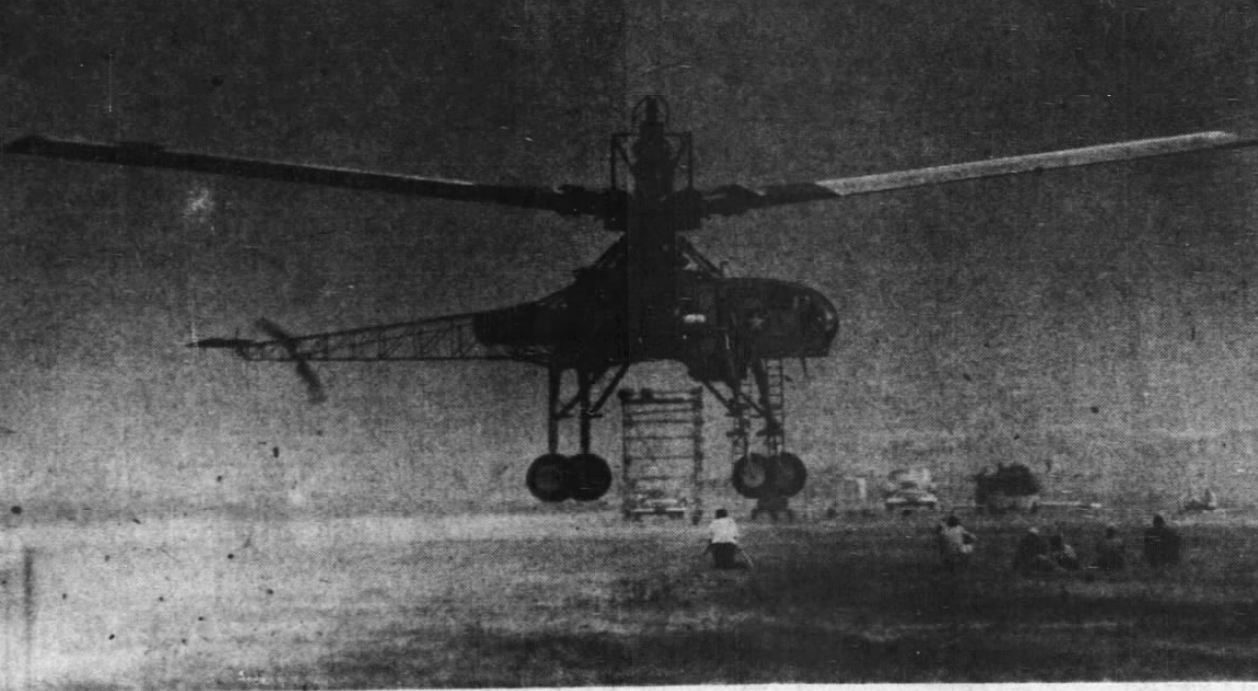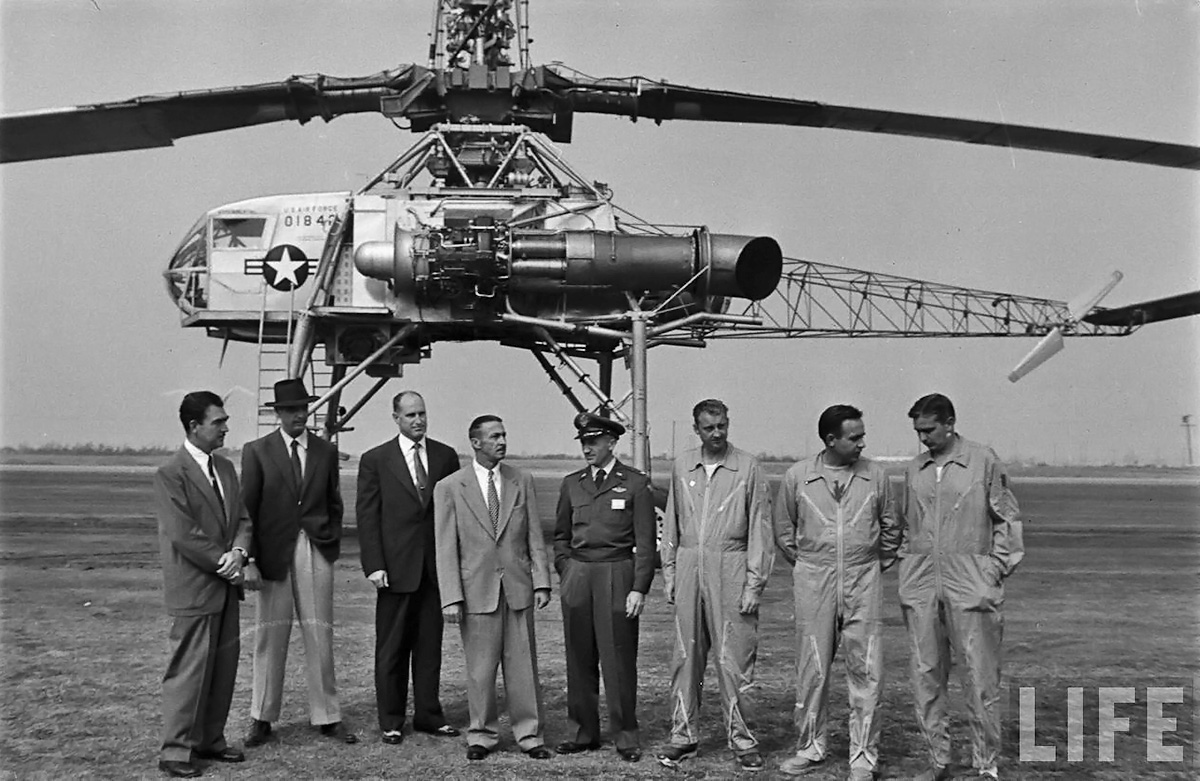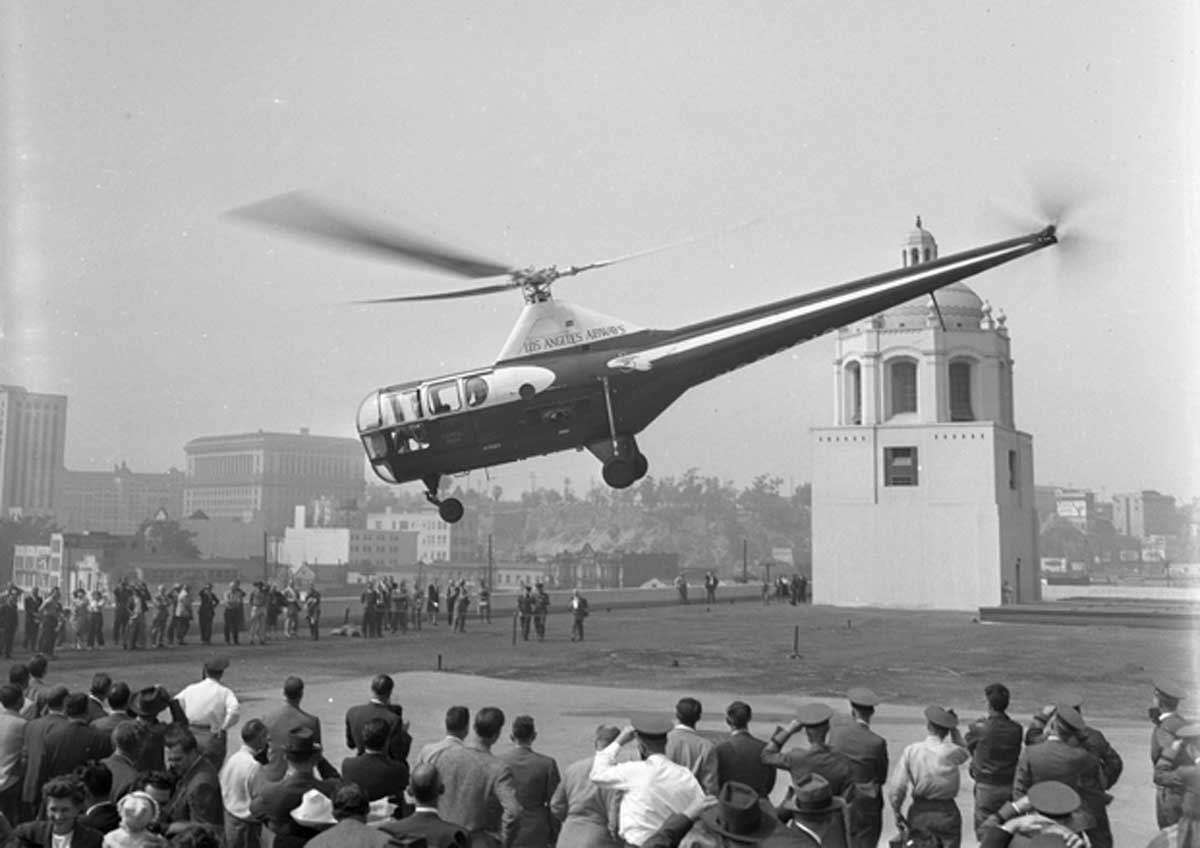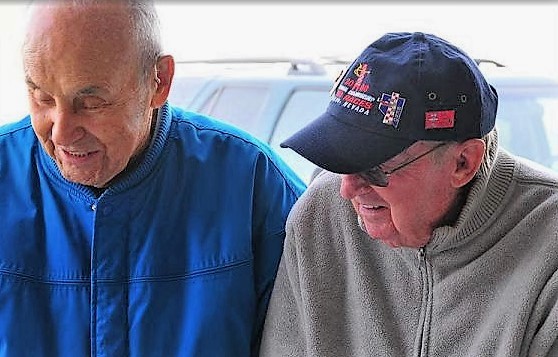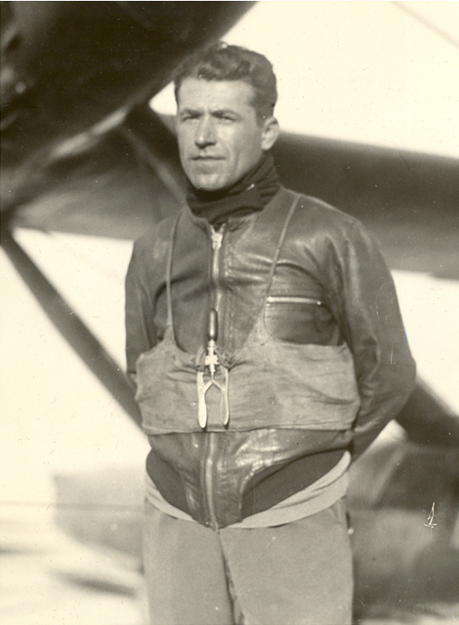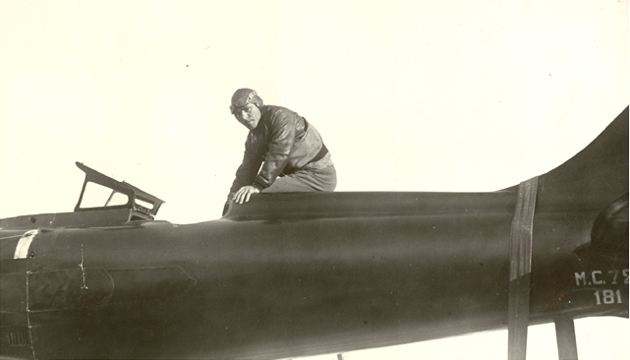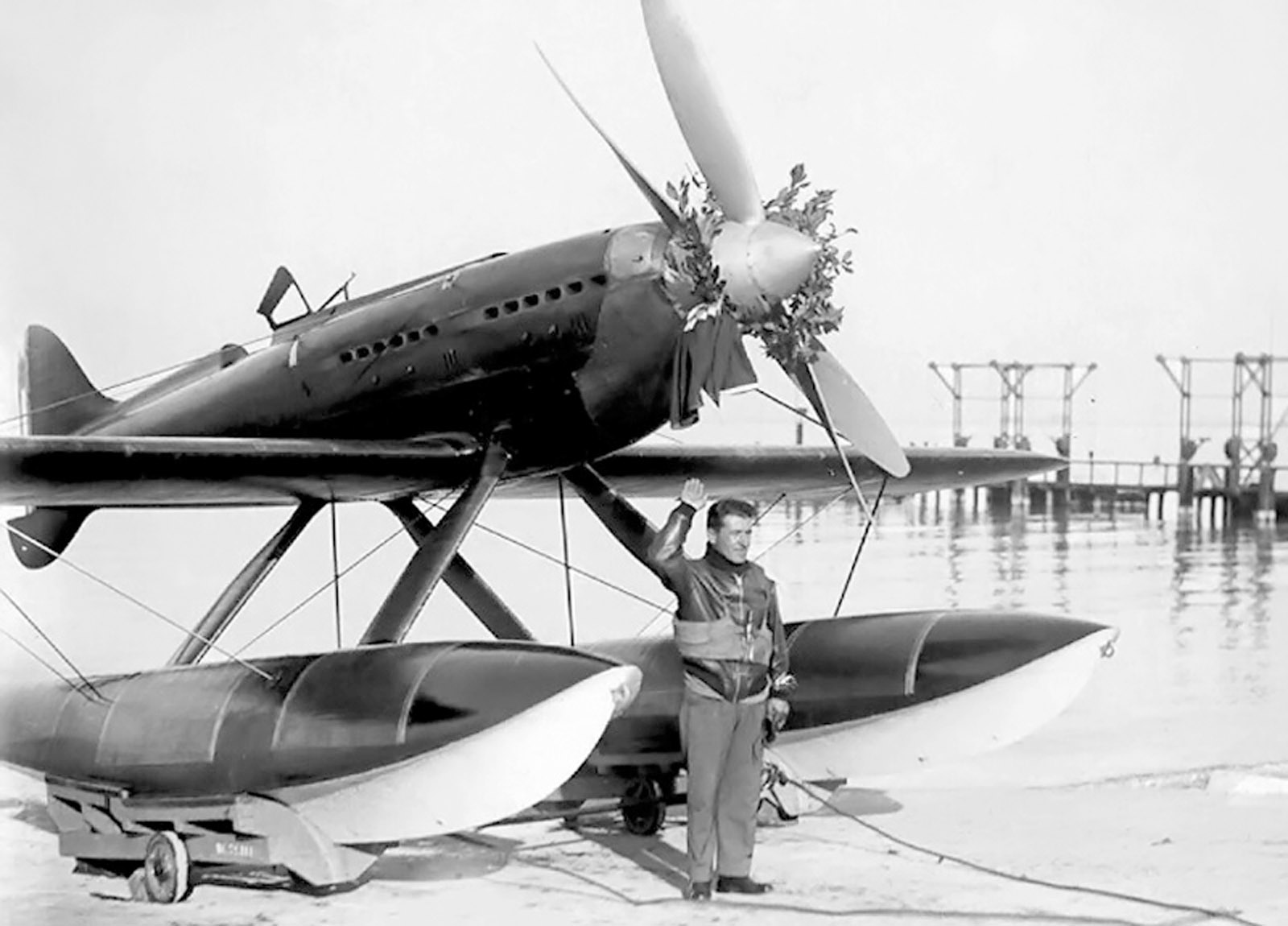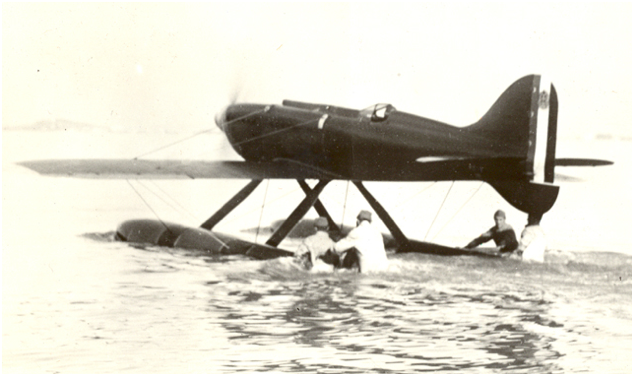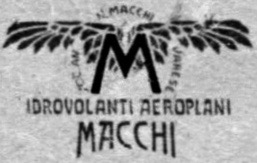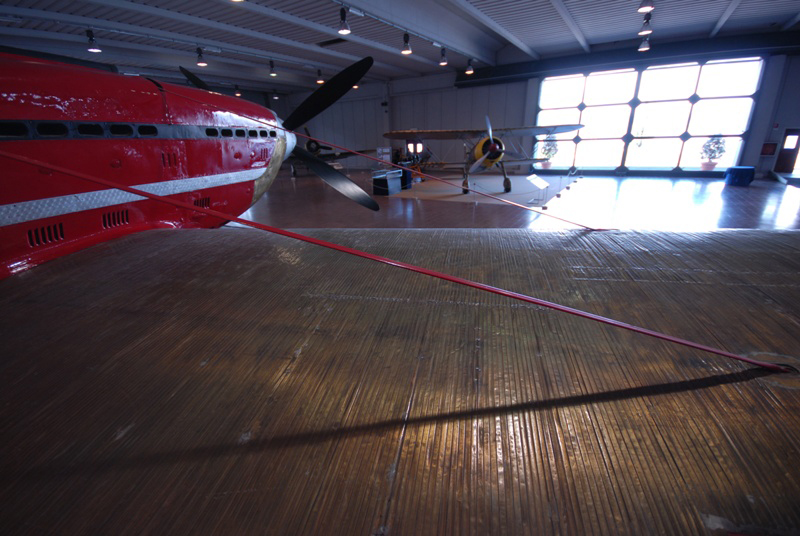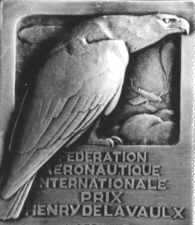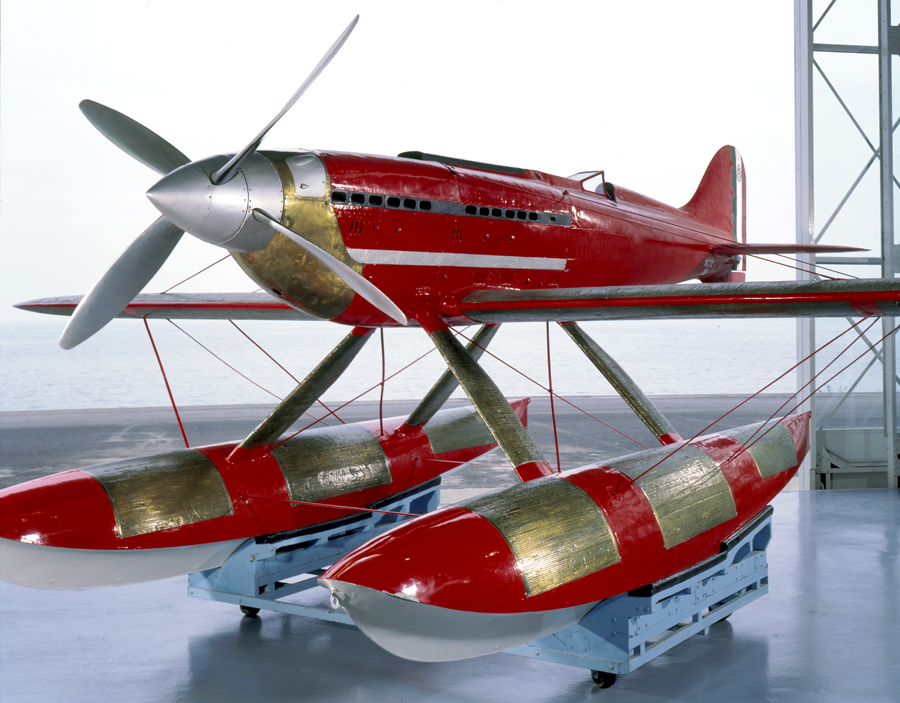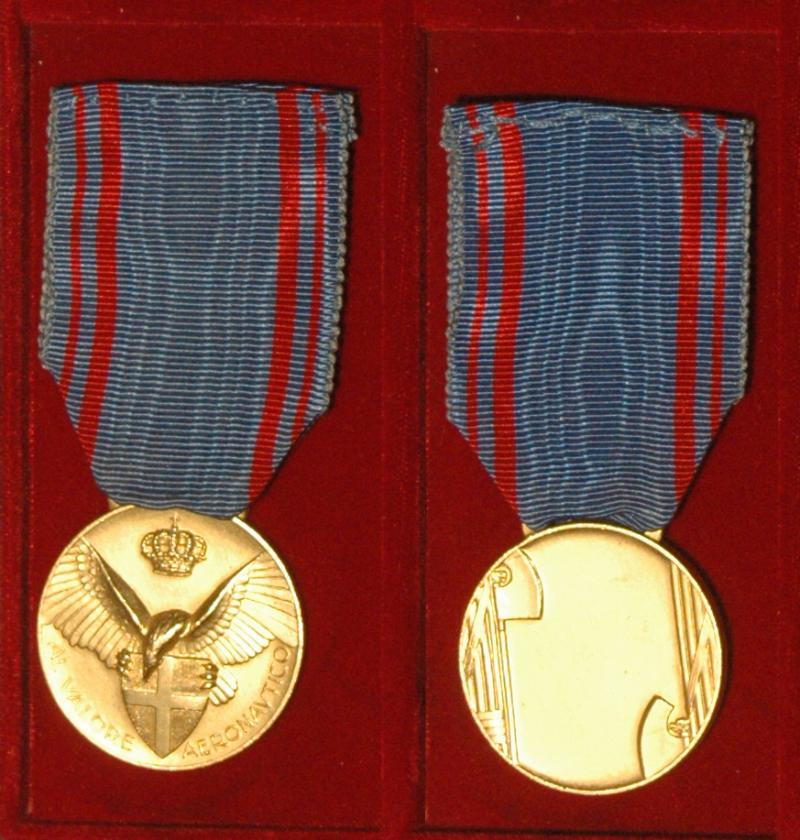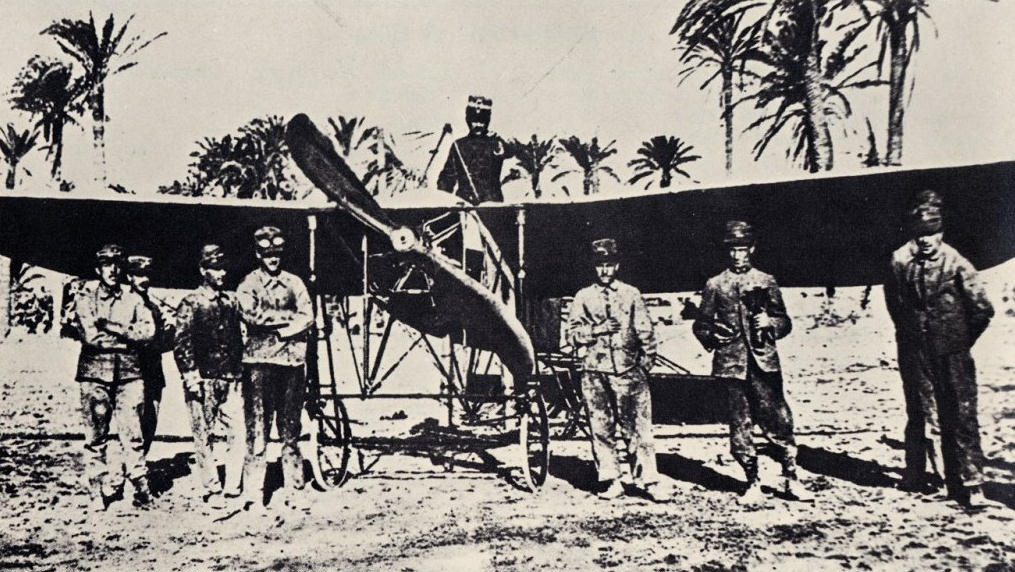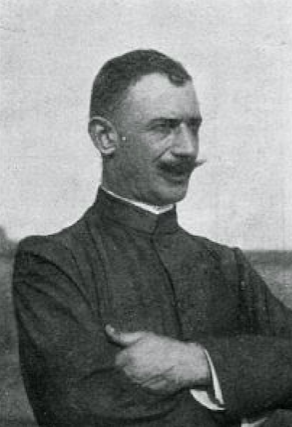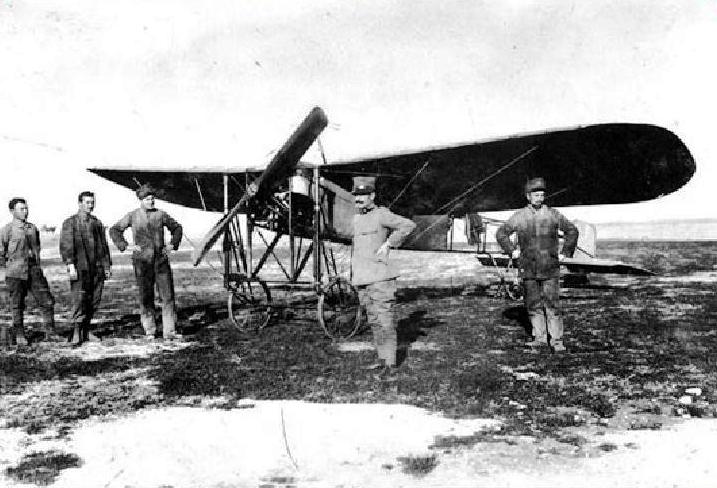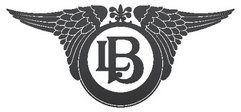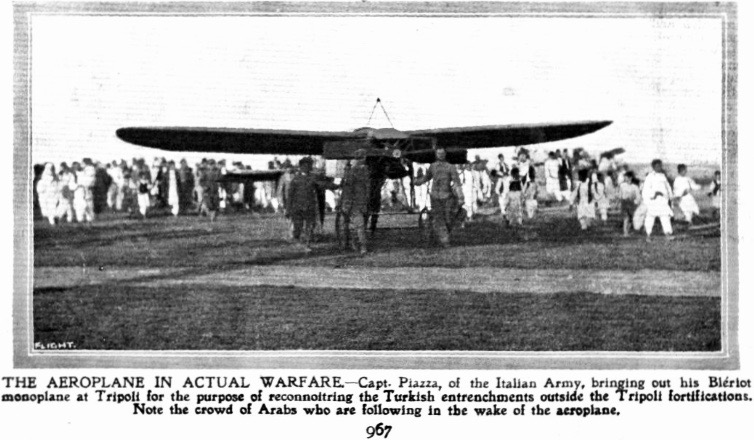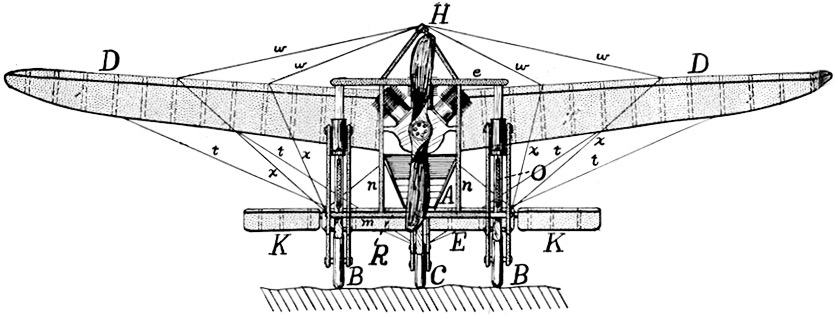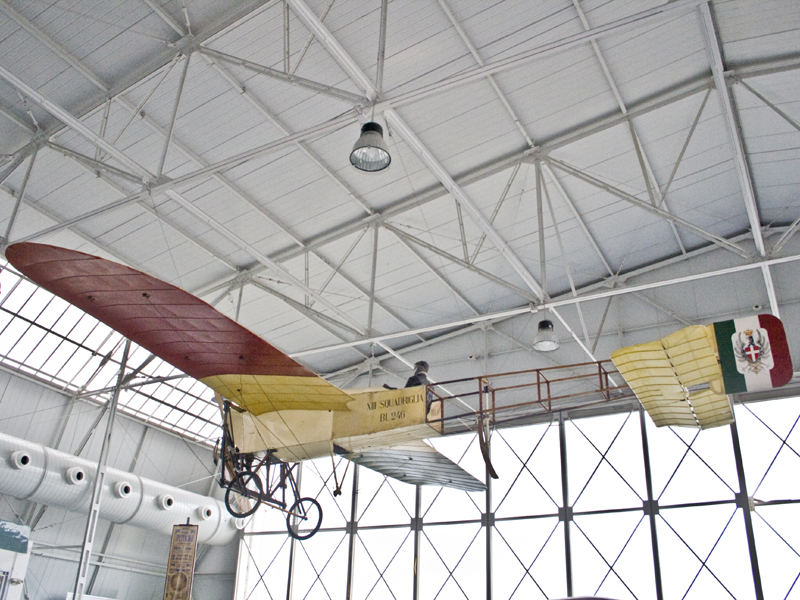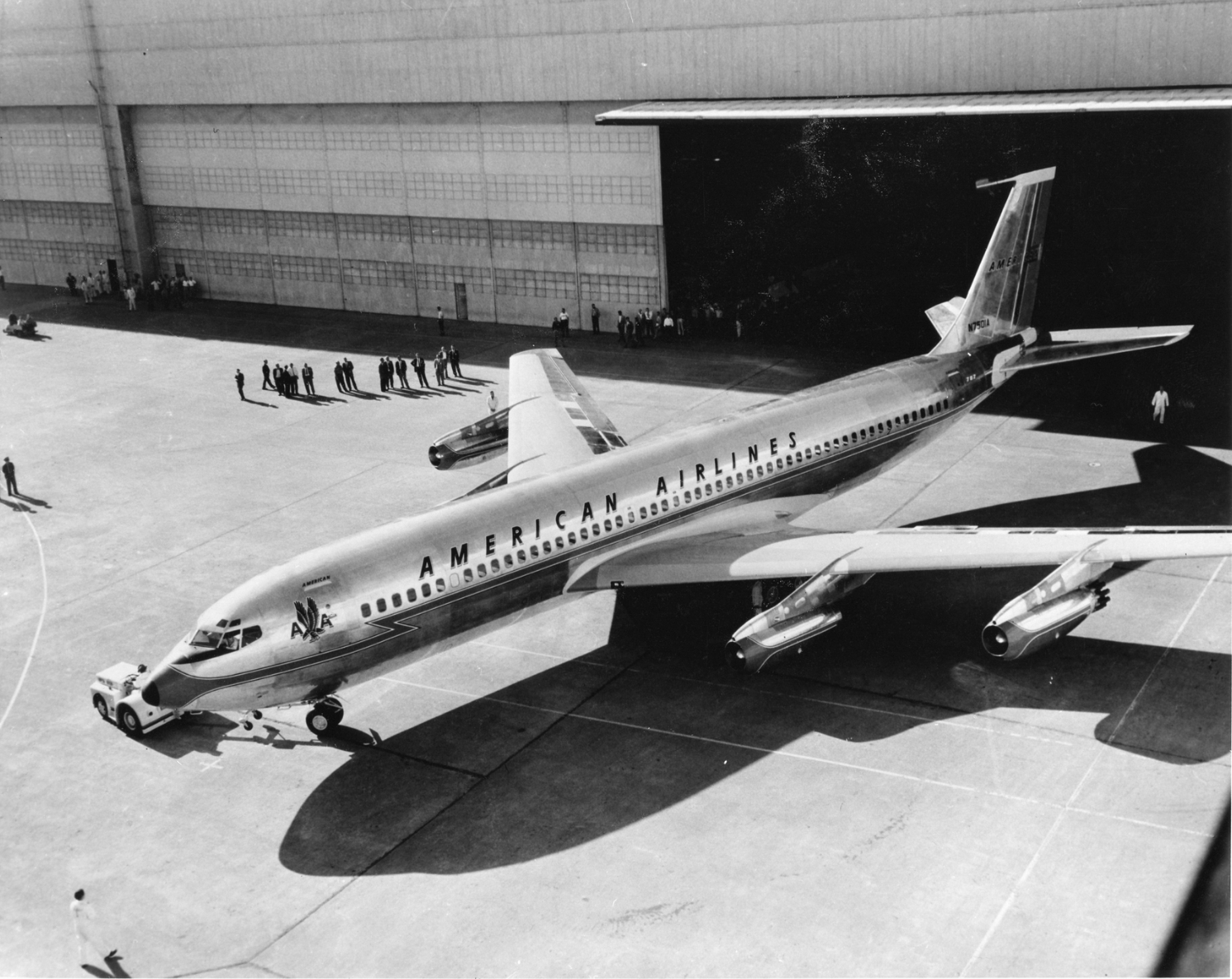
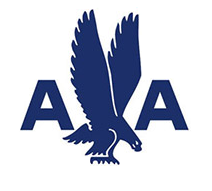 23 October 1958: American Airlines accepted delivery of its first jet airliner, Boeing 707-123 N7501A (serial number 17628, line number 7). The new airplane had made its first flight on 5 October. Christened Flagship Michigan, American Airlines advertised its new 707 as the “Astrojet.”
23 October 1958: American Airlines accepted delivery of its first jet airliner, Boeing 707-123 N7501A (serial number 17628, line number 7). The new airplane had made its first flight on 5 October. Christened Flagship Michigan, American Airlines advertised its new 707 as the “Astrojet.”
On 29 October 1958, the new 707 flew from Los Angeles to New York with 39 passengers, all officials of the airline or the Civil Aeronautics Authority (CAA). The flight departed at 6:58 a.m., Pacific Standard Time (13:58 UTC), and arrived at Idlewild Airport at 2:30 p.m. Eastern Standard Time. (18:30 UTC).
American Airlines’ first regularly-scheduled commercial passenger flight with the 707 took place 25 January 1959, also from Los Angeles to Idlewild. The duration of the flight was 4 hours, 3 minutes.¹
The Boeing 707 was developed from the earlier Model 367–80, the “Dash Eighty.” It is a four-engine jet transport with swept wings and tail surfaces. The leading edge of the wings are swept at a 35° angle. The airliner had a flight crew of four: pilot, co-pilot, navigator and flight engineer. The airliner could carry a maximum of 189 passengers.
The 707-123 was 145 feet, 1 inch (44.221 meters) long with a wing span of 130 feet, 10 inches (39.878 meters). The top of the vertical fin stood 42 feet, 5 inches (12.929 meters) high. The 707 pre-dated the ”wide-body” airliners, having a fuselage width of 12 feet, 4 inches (3.759 meters). The airliner’s empty weight is 122,533 pounds (55,580 kilograms). Maximum take off weight is 257,000 pounds (116,573 kilograms).
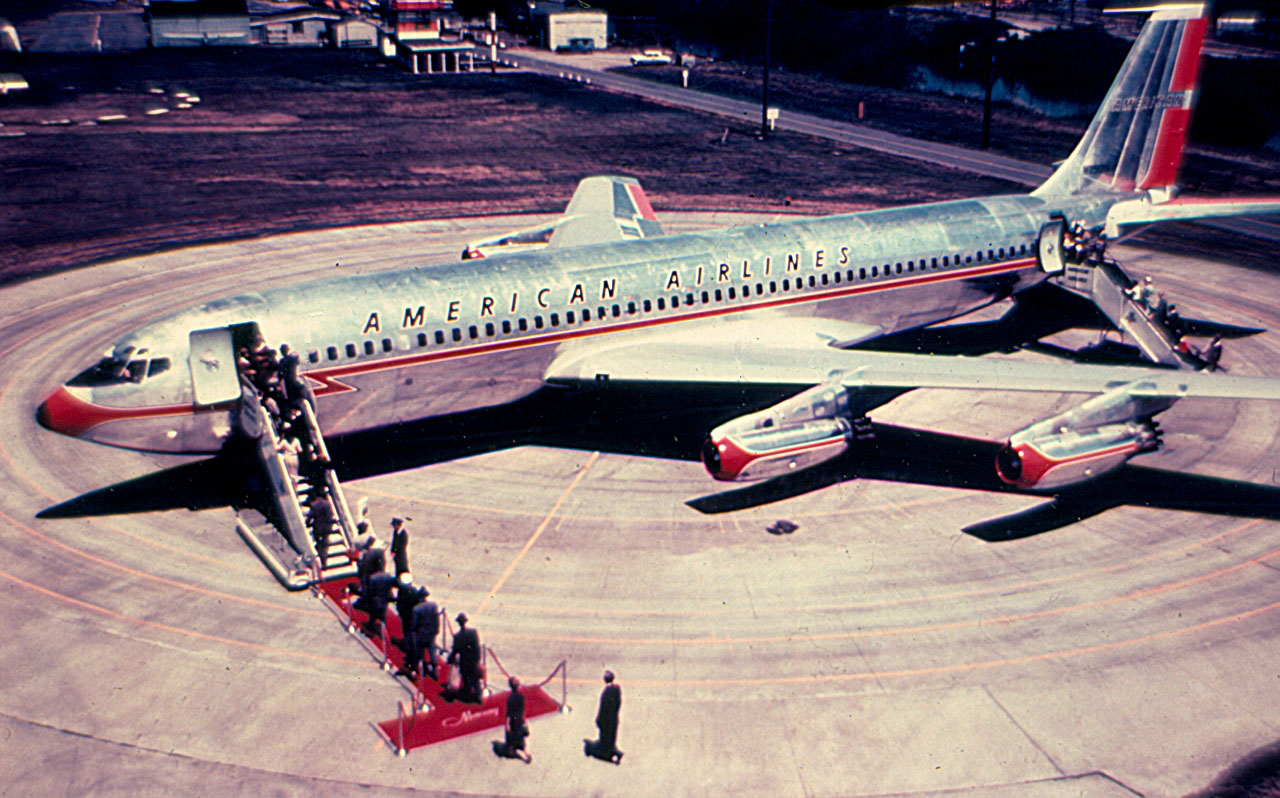
The first versions were powered by four Pratt & Whitney Turbo Wasp JT3C-6 turbojet engines, producing 11,200 pounds of thrust (49,820 kilonewtons), and 13,500 pounds (60.051 kilonewtons) with water injection. This engine was a civil variant of the military J57 series. It was a two-spool axial-flow turbojet engine with a 16-stage compressor and 2 stage turbine. The JT3C-6 was 11 feet, 6.6 inches (3.520 meters) long, 3 feet, 2.9 inches (0.988 meters) in diameter, and weighed 4,235 pounds (1,921 kilograms).
At MTOW, the 707 required 11,000 feet (3,353 meters) of runway to take off.
The 707-123 had a maximum speed of 540 knots (1,000 kilometers per hour). It’s range was 2,800 nautical miles (5,186 kilometers).
In 1961, N7501A was upgraded to the 707-123B standard. This included a change from the turbojet engines to quieter, more powerful and efficient Pratt & Whitney JT3D-1. The JT3D-1 was a dual-spool axial-flow turbofan engine, with a 2-stage fan section, 13-stage compressor (6 low- and 7 high-pressure stages), 8 combustion chambers and a 4-stage turbine (1 high- and 3 low-pressure stages). This engine was rated at 14,500 pounds of static thrust (64.499 kilonewtons) at Sea Level, and 17,000 pounds (75.620 kilonewtons), with water injection, for takeoff (2½ minute limit). Almost half of the engine’s thrust was produced by the fans. Maximum engine speed was 6,800 r.p.m. (N1) and 10,200 r.p.m. (N2). It was 11 feet, 4.64 inches (3.471 meters) long, 4 feet, 5.00 inches (1.346 meters) wide and 4 feet, 10.00 inches (1.422 meters) high. It weighed 4,165 pounds (1,889 kilograms). The JT3C could be converted to the JT3D configuration during overhaul.
The 707-123B wings were modified to incorporate changes introduced with the Boeing 720, and a longer tailplane installed.
N7501A was sold to Tigerair, Inc., 12 April 1978. It was then sold to Cyprus Airways in March 1979, and reregistered 5B-DAM. When landing at Bahrain International Airport, 19 August 1979, the airliner’s nose wheel collapsed and it was damaged beyond economical repair.
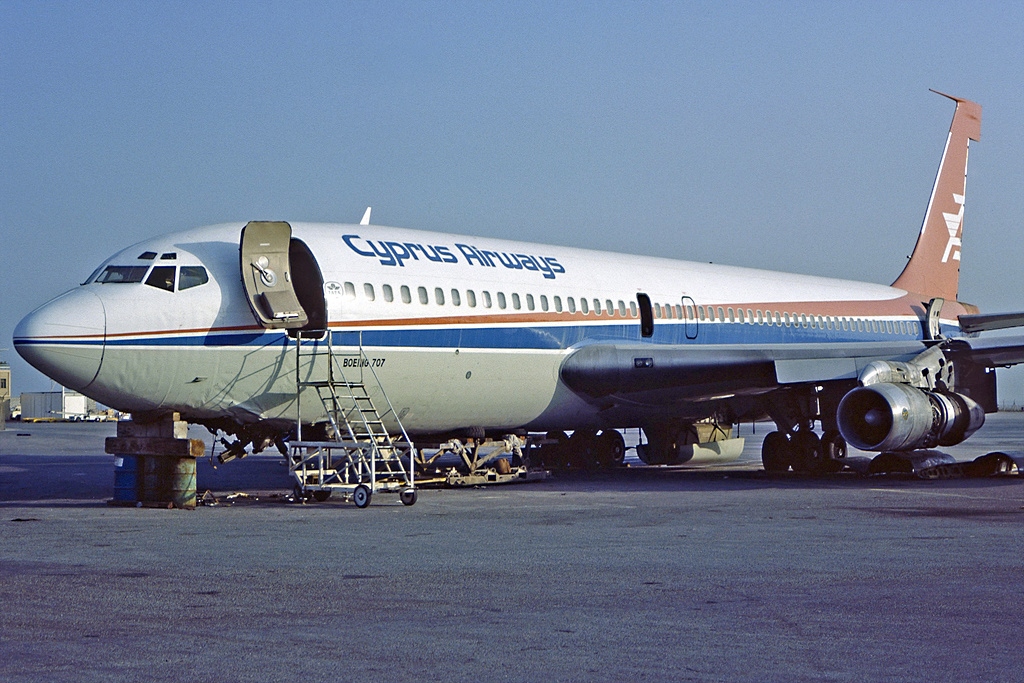
The Boeing 707 was in production from 1958 to 1979. 1,010 were built. Production of 707 airframes continued at Renton until the final one was completed in April 1991.
¹ Please see “This Day in Aviation” for 25 January 1959 at: https://www.thisdayinaviation.com/2023/01/25/
© 2023, Bryan R. Swopes
